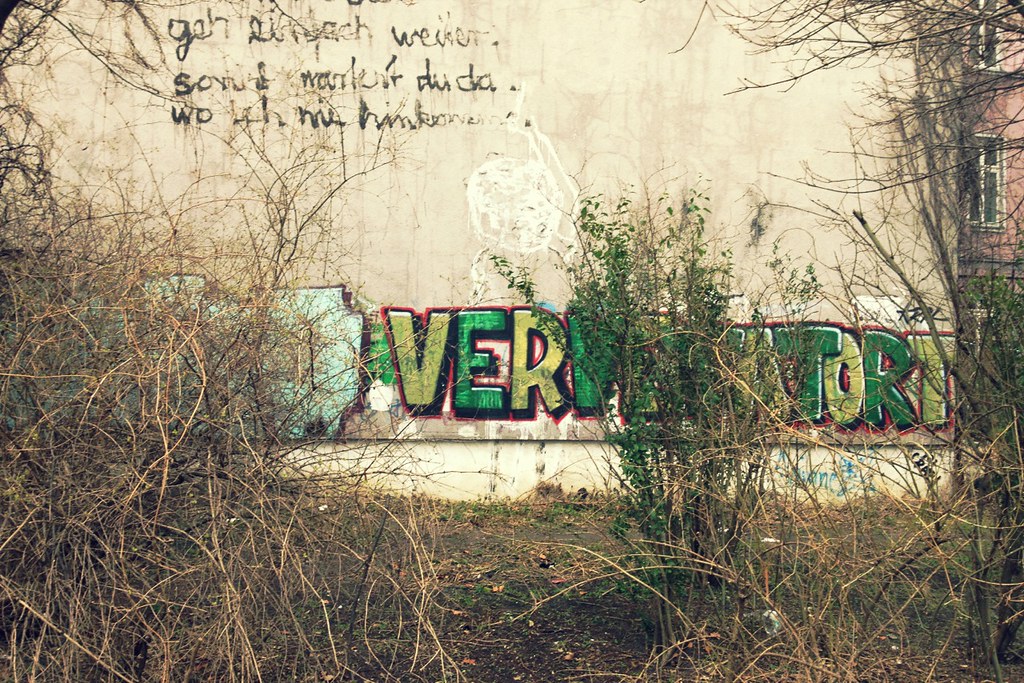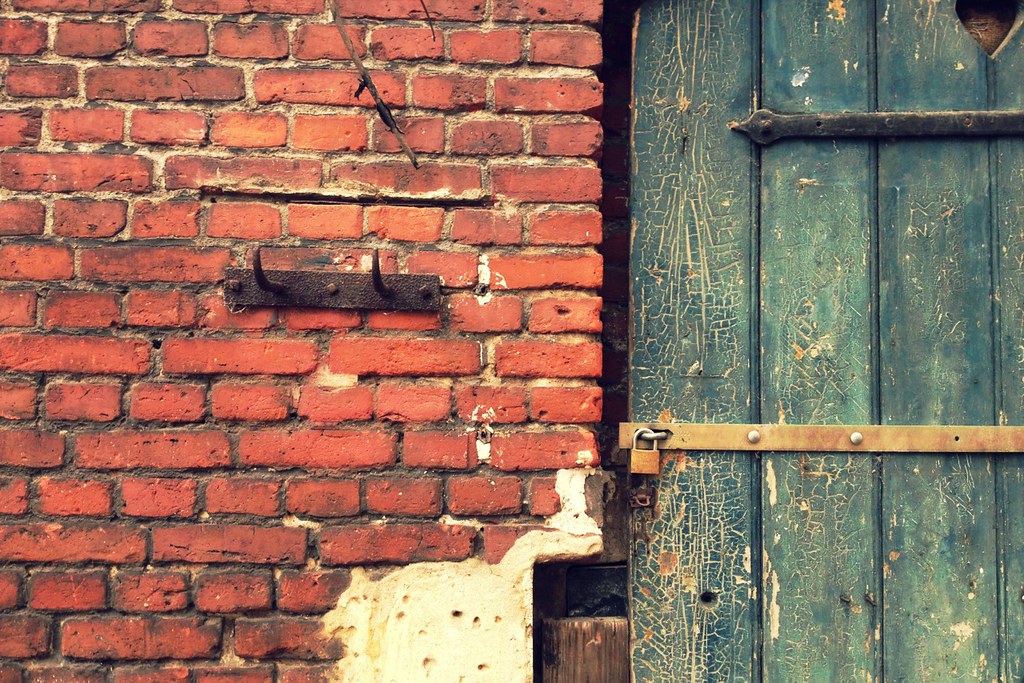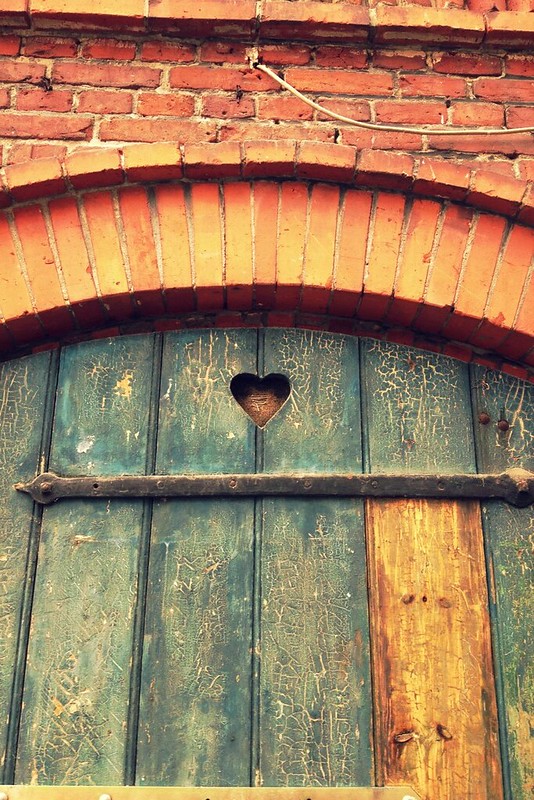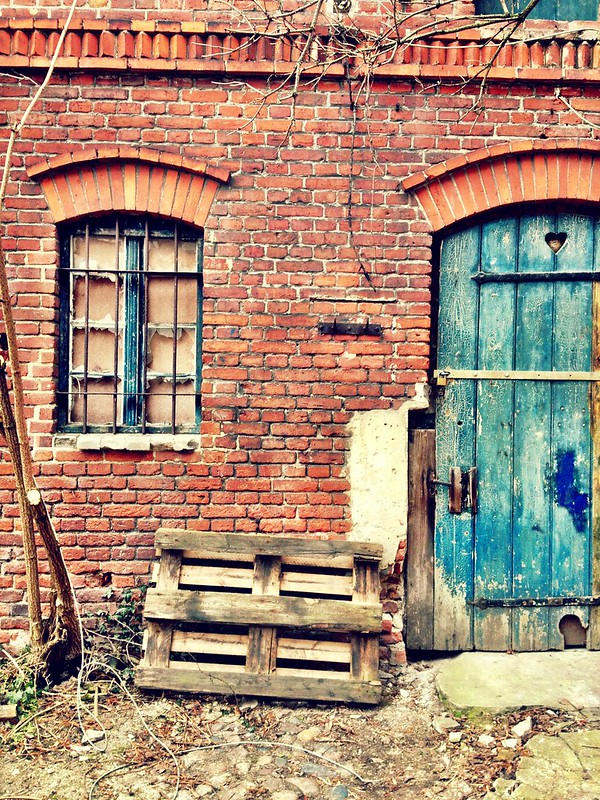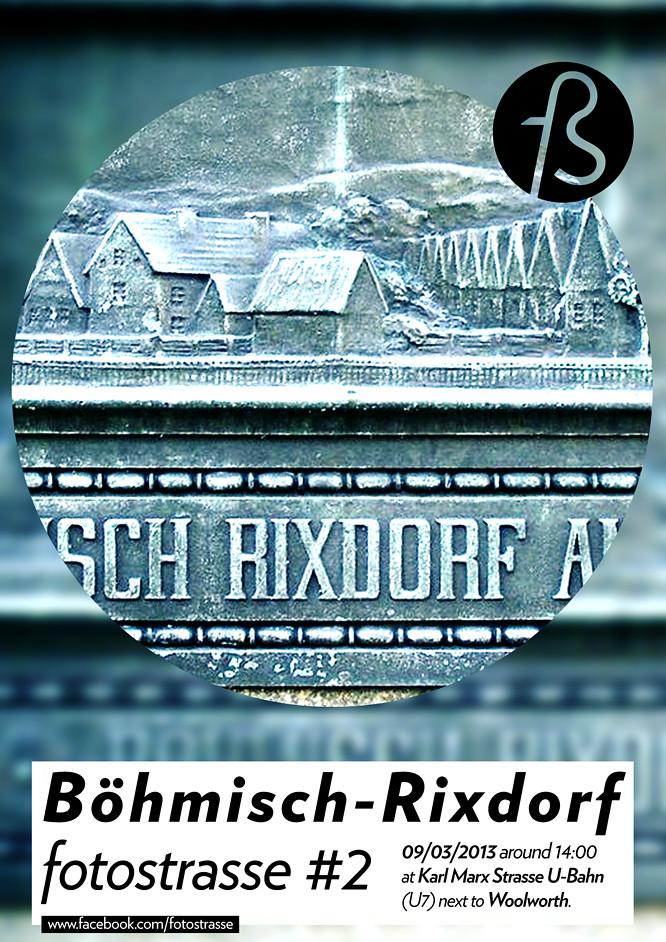When we moved to Berlin in March 2012, we didn’t know much about Neukölln, but this is where we found an apartment. Little did we know we would fall in love with the area.
Once we were set up, one of the first things we decided to do was walk around the neighborhood exploring what we would call home.
This was how we discovered Rixdorf, a part of old Berlin in the middle of Neukölln. We even did our second Fostrasse meeting there in March 2013, as you can see from the pictures on this post.
Rixdorf: Exploring one of the best-kept secrets of Berlin

We met some friends on a grey Saturday morning at the Karl Marx Strasse U-Bahn station, and it was from there that we started exploring this neighborhood filled with history.
As we walked away from one of the main roads, the village life hidden among cobblestone streets started to appear. One corner was filled with traffic noise and internet cafes. While you walk to the next street corner, you pass in front of half-timbered farmhouses and old stables that have been renovated to a level that still shows what they used to be made for.
It felt weird when we walked among these streets for the first time some months ago. We were used to living in São Paulo, a monstrous city with millions of people where skyscrapers are more than expected. And here we were in Berlin, walking among cobbled alleyways and thinking how weird it was to live in a city where the old and the new are so close.
We fell in love with Rixdorf, and in the middle of this newfound love was Richardplatz, the only square we ever saw with a blacksmith workshop at the center. Walking around this area during spring is something everybody needs to do. The big trees mixed with the buildings around the square, creating something that felt more like a city somewhere in Brandenburg than Neukölln.
In the corner of Richardplatz, you can see a small church that has been there since Rixdorf was still a village, dating back at least 600 years. Here, King Frederick William I of Prussia invited some bohemian families expelled from their towns due to their religious beliefs. Here, the Böhmisch-Rixdorf was established north of the German village of the same name.
Time passed, and those two villages grew to the point where they became the same. This neighborhood started gathering attention during the nighttime with increasing taverns and dance halls. It was there that Berliners went to drink, dance, and anything else they could think of once it was dark enough.
By the time the village was included in Berlin, the area had already changed its name into Neukölln, a rebrand that didn’t change much in the area.
Walking around Rixdorf is a weird experience since you can follow the advance of the area from village to town into the sprawling area it is today. Rixdorf remains one of the best-kept secrets of Berlin and a place that most people need to experience since, like most of Berlin, it might be completely different in a few years. We hope it still has the character it has today.
If you want to visit Rixdorf, take the U-Bahn to Karl Marx Strasse and walk around Richardplatz. It is a short but great stroll into the heart of Neukölln. While there, try the vast pizzas from Villa Rixdorf and the excellent schnitzel from Louis. You are not going to regret it.
Rixdorf: discovering the Heart of Neukölln
We explored Rixdorf in March 2013, and you can click below to see the pictures everybody there took. You can see my pictures on Flickr.
